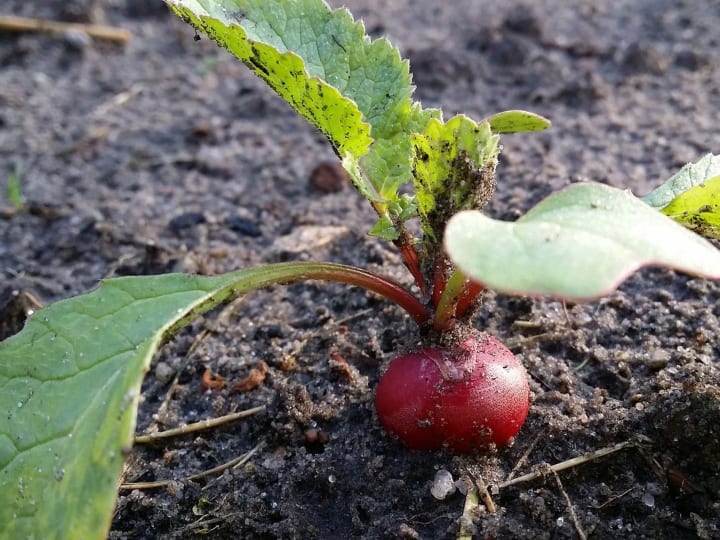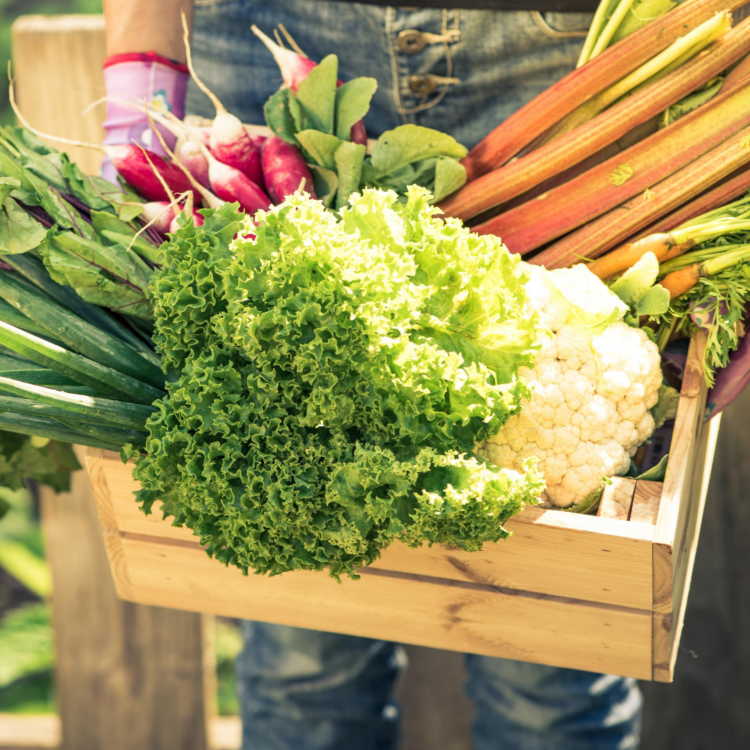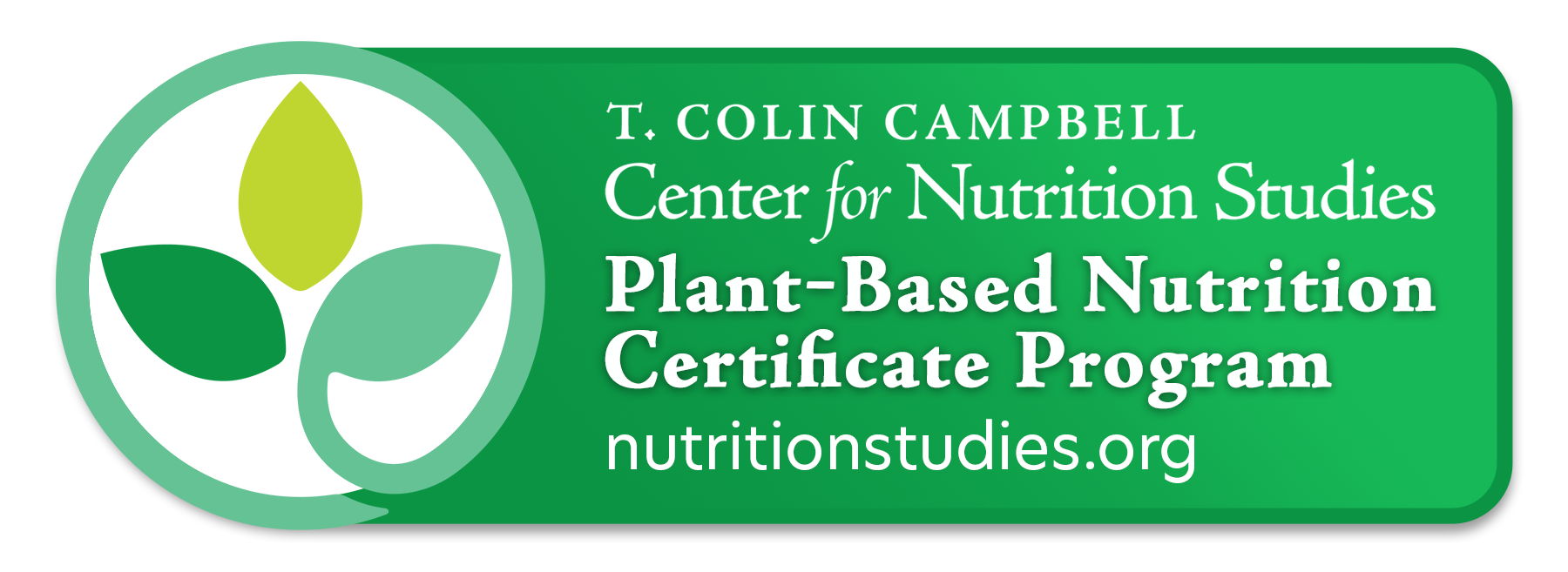It's no secret that growing even a small vegetable and herb garden saves money on grocery bills through the spring and summer months and, if you preserve them, through the fall and winter, as well. What's not as well-known is the expense of putting one in. For me, gardening always seemed like an inexpensive hobby. After all, it's just plants, dirt, water and sunshine, right? Until I got started, I didn't realize how much all these 'natural' things can cost (except the sunshine… that's still free unless you have to create your own). With that in mind, here are a few ways to save money while planting a spring garden.
1. Early Preparation: Start Your Own Seeds Indoor
Back in the days before you could just buy a packet of seeds or flat of seedlings from the garden center, gardeners saved their own seeds from the previous season and started them inside so they'd be ready to plant once the soil was ready. Anyone can do this. Seeds aren't that expensive, but you'll save plenty of money on plants.
2. Find Inexpensive — Or Free — Seeds and Plants
If there's a lack of time (or patience) for starting your own seedlings, there are still ways to save. Many communities have what's known as a "seed library" where you can essentially loan out seeds and return the equivalent of what you took at the end of the season (minus those annoying late fees!). Some states don't allow these, so make sure they're sanctioned before getting involved in sketchy seed exchanges.
An easy way to get free plants is a giveaway event hosted by a nursery or garden club, so join the mailing lists of the organizations and businesses in your area to stay in the loop. It's also possible to get good deals at plant sales by showing up at the end of the day and bartering on what's left.
Lastly, it really is true that you can by anything online — you'll often find cheap seeds on eBay.
3. Use Alternative Soil Enrichment Options
Sure, you can purchase bags of organic material from a landscaping supply company, but you can also make your own: used coffee grounds. If you don't drink coffee or have friends who do, check with the closest Starbucks. For the last fifteen years, their "Grounds for Your Garden" program has offered free bags of their used grounds to locals. Even if grounds are composted in-house, some bloggers have had baristas offer to scoop them out.
You can also use compost materials from your own kitchen. If you live in an apartment or can't have one outside, there are plenty of inexpensive indoor models.
4. Buy Used Tools
Simple gardening tools aren't expensive, but it all adds up. Purchase them used from an online resale site or local thrift shop for a significant discount.
5. Set Up a Rain Barrel to Lower Your Water Bill
Watering is an easy expense to forget about when you're just getting started. Surveys indicate people who use rain barrels save up to $35 a month on their water bill during the summer months, besides conserving thousands of gallons of water. Commercial rain barrels run from $50 to $200, but making your own out of food-grade containers and cheap downspout hookups can lower that upfront cost. Check out do-it-yourself sites and blogs for creative tips.
6. Fall Preparation: Collect Leaves and Seeds
Saving at the start is important, but so is planning ahead at the end of the season. For example, raking, shredding and storing bags of leaves in the fall creates free compost material for next spring; collecting, rinsing, drying and storing seeds from your plants saves start-up costs.
Like your prospective harvest, many of these practices will only cost a little hard work, but reap bountiful rewards.
Written by Jessica Sommerfield for MoneyNing and legally licensed through the Matcha publisher network. Please direct all licensing questions to [email protected].

Summary
It’s no secret that growing even a small vegetable and herb garden saves money on grocery bills through the spring and summer months and, if you preserve them, through the fall and winter, as well.
Stephanie Collazo, MS, CHC is the founder of Clean Food Mama, to help you get more plants into your diet. She shed 170 lbs by incorporating a whole foods plant-based diet and loves empowering other women to create healthy habits for themselves and their families.



